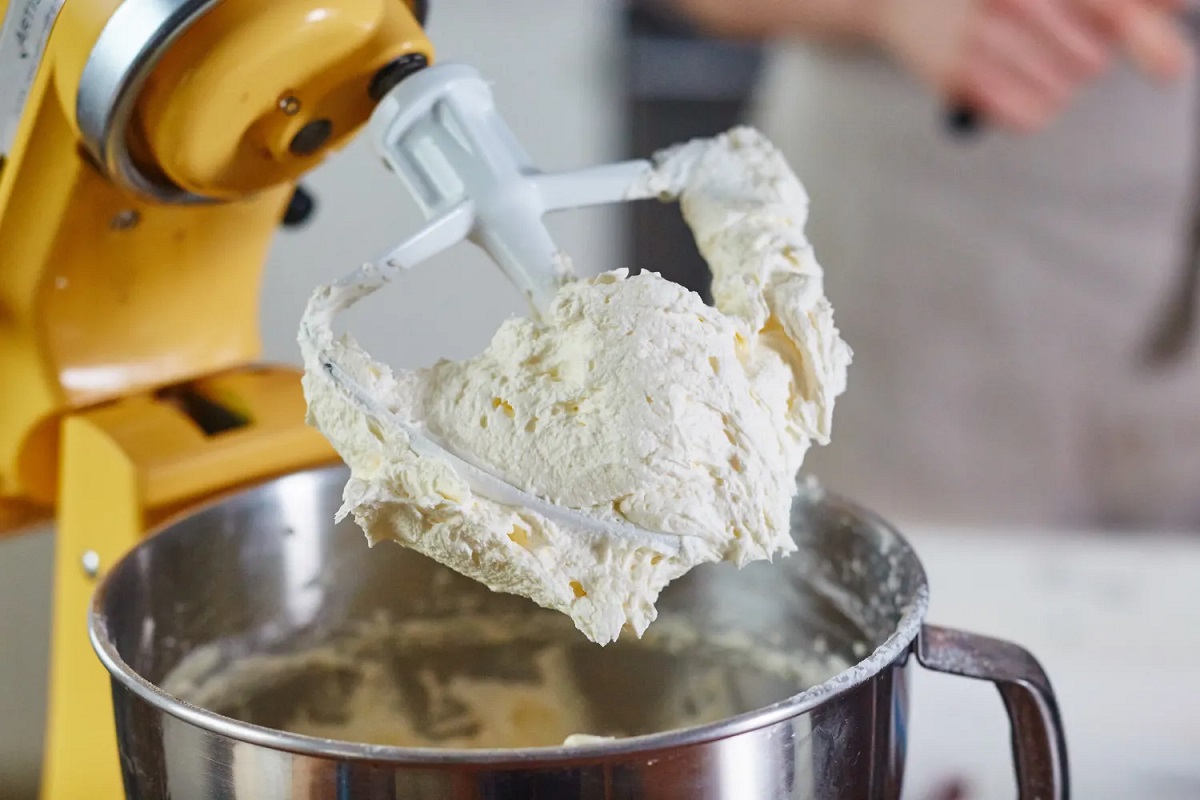

Articles
How To Store Frosting
Modified: February 20, 2024
Learn the best ways to store frosting with these informative articles. Keep your frosting fresh and delicious for longer periods of time.
(Many of the links in this article redirect to a specific reviewed product. Your purchase of these products through affiliate links helps to generate commission for Storables.com, at no extra cost. Learn more)
Introduction
When it comes to baking delicious treats, frosting plays a crucial role in adding flavor and visual appeal to your creations. Whether you are making a classic buttercream frosting or trying out a unique cream cheese frosting recipe, it’s important to know how to properly store your frosting to keep it fresh and ready to use.
In this article, we will explore different methods of storing frosting to maintain its quality and extend its shelf life. From storing in the refrigerator to freezing for longer-term storage, we will cover all the essential tips and tricks. So, let’s dive in and learn how to store frosting like a pro!
Key Takeaways:
- Properly storing frosting is crucial for maintaining its freshness and flavor. Whether in the refrigerator or freezer, using airtight containers, labeling, and removing excess air will help preserve the quality of your frosting.
- Thaw frozen frosting slowly in the refrigerator for optimal texture and flavor. Properly sealed and labeled containers, along with gentle stirring and potential consistency adjustments, ensure your frosting is ready to use for your baking needs.
Read more: How To Store Frosted Cupcakes
Storing Frosting in the Refrigerator
One of the most common methods for storing frosting is in the refrigerator. This method is ideal for short-term storage, typically up to a week.
To store frosting in the refrigerator, follow these simple steps:
- Transfer the frosting into an airtight container: Ensure that the container is clean and free from any residue. A glass or plastic container with a tight-fitting lid works best to prevent any air from entering and affecting the consistency of the frosting.
- Label and date the container: This step is optional but helpful, especially if you have multiple types of frosting stored in the refrigerator.
- Place the container in the refrigerator: Find a spot where the container can sit undisturbed and away from strong-smelling foods to prevent any flavors from transferring.
When stored properly in the refrigerator, most types of frosting can last up to a week. However, it’s essential to note that some frostings, such as those made with fresh ingredients like cream cheese, may have a shorter shelf life of around 3-5 days.
While refrigeration keeps the frosting fresh, it may firm up slightly when chilled. To bring the frosting back to its desired consistency, let it sit at room temperature for a few minutes and give it a gentle stir before using it.
By following these steps, you can ensure that your frosting remains fresh and ready to use whenever you need it. Now let’s explore storing frosting in the freezer for longer-term storage.
Storing Frosting in the Freezer
If you have made a large batch of frosting or want to store it for an extended period, the freezer is your best friend. Freezing frosting can help to preserve its freshness and flavor for several months.
To store frosting in the freezer, here’s what you need to do:
- Transfer the frosting into a freezer-safe container: Make sure to choose a container that is specifically designed for freezing. This can be a plastic freezer bag, airtight freezer containers, or even freezer-safe glass jars.
- Label the container: Clearly label the container with the type of frosting and the date of freezing. This will help you keep track of when it was frozen and when it needs to be used by.
- Remove excess air from the container: If using a plastic freezer bag, squeeze out as much air as possible before sealing. For other containers, leave some headspace to allow for expansion during freezing.
- Seal the container tightly: Ensure that the container is securely sealed to prevent any air or moisture from entering, which can cause freezer burn or alter the texture of the frosting.
- Place the frosting in the freezer: Find a flat space in the freezer where the container can lie undisturbed. Try to keep it away from any foods with strong odors to avoid any potential flavor transfer.
Frosting stored in the freezer can last for up to three months without significant changes in quality. However, it’s best to use it within the first month for optimal taste and texture.
When you’re ready to use the frozen frosting, remove it from the freezer and let it thaw in the refrigerator overnight. Once thawed, let it come to room temperature and give it a gentle stir before using it to ensure a smooth consistency. If the frosting seems too soft after thawing, you can also place it in the refrigerator for a short while to firm up.
By following these steps, you can store frosting in the freezer and have it readily available whenever you need it. Next, let’s explore some tips on properly sealing and packaging frosting for storage.
Store frosting in an airtight container in the refrigerator for up to 2 weeks. If you need to store it longer, you can freeze it for up to 3 months. Just make sure to thaw it in the refrigerator before using.
Tips for Properly Sealing and Packaging Frosting
Proper sealing and packaging are key to maintaining the quality and freshness of your stored frosting. Here are some helpful tips to ensure you seal and package your frosting correctly:
- Choose the right container: Select a container that is appropriate for the storage method you plan to use, whether it’s the refrigerator or the freezer. Ensure the container is clean, airtight, and specifically designed for storing food.
- Use plastic wrap: Before sealing the container, you can place a layer of plastic wrap directly on the surface of the frosting. This helps prevent the formation of a skin and keeps the frosting smooth and creamy.
- Label and date the container: Always label your frosting containers with the type of frosting and the date it was made or stored. This makes it easier to keep track of the different frostings and their shelf life.
- Remove excess air: When sealing the container, make sure to remove as much air as possible. This will help prevent the oxidation of the frosting and maintain its freshness.
- Store in single-use portions: If you frequently need small amounts of frosting, consider portioning it into individual servings before storing. This way, you can easily thaw and use only what you need without having to defrost the entire batch.
- Ensure a secure seal: Double-check that the container is tightly sealed to prevent air, moisture, or odors from entering. This will help preserve the flavor and texture of the frosting.
By following these tips, you can ensure that your frosting remains fresh and delicious during storage. Whether you’re storing it in the refrigerator or the freezer, proper sealing and packaging will make a significant difference in maintaining its quality.
Now that your frosting is properly sealed and ready for storage, let’s discuss the process of thawing frozen frosting before using it.
Thawing Frozen Frosting
When it’s time to use your frozen frosting, it’s important to thaw it properly to ensure optimal texture and flavor. Here’s how you can thaw frozen frosting:
- Transfer the frozen frosting to the refrigerator: Take the container of frozen frosting out of the freezer and place it in the refrigerator. Allow it to thaw slowly and evenly overnight or for several hours.
- Bring it to room temperature: Once the frosting has thawed in the refrigerator, let it sit at room temperature for about 30 minutes to an hour. This will help soften it further and bring it to a spreadable consistency.
- Gently stir or re-whip: After the frosting has thawed and reached room temperature, give it a gentle stir or re-whip it with an electric mixer to restore its smooth and creamy consistency. This will help incorporate any separated or unevenly thawed parts.
- Adjust consistency if needed: Depending on the type of frosting and your preference, you may need to adjust the consistency. If the frosting is too stiff, you can add a small amount of milk or cream and mix it until it reaches the desired texture.
It’s important to note that thawing the frosting slowly in the refrigerator helps preserve its texture and prevent any excessive moisture absorption. However, if you need to thaw the frosting quickly, you can place the sealed container in a bowl of lukewarm water for several minutes, stirring occasionally to distribute the thawing process.
Once thawed, the frosting should be used within a few days for the best taste and quality. If you have thawed more frosting than you need, you can refreeze the unused portion following the same guidelines for freezing frosting, but it’s always better to use it fresh if possible.
By following these thawing guidelines, you can enjoy delicious and smooth frosting that is ready to be used for all your baking creations. Now, let’s conclude our discussion on storing frosting.
Read more: How To Store Frosting Overnight
Conclusion
Properly storing frosting is essential to maintain its freshness, taste, and texture for future use. Whether you’re storing it in the refrigerator for short-term storage or in the freezer for longer-term storage, following the right methods can help you preserve the quality of your frosting.
When storing frosting in the refrigerator, it’s crucial to transfer it to an airtight container and store it in a spot that is free from strong-smelling foods. Refrigerated frosting can typically last up to a week, although certain types such as cream cheese frosting may have a shorter shelf life.
Freezing frosting provides a convenient option for keeping it fresh for an extended period. Make sure to use freezer-safe containers, label them properly, remove excess air, and store them in a flat position in the freezer. Frozen frosting can last up to three months without significant changes in quality.
Properly sealing and packaging your frosting is vital to maintain its freshness. Use plastic wrap to prevent the formation of a skin and label the containers with the type and date. Ensure a secure seal to prevent air, moisture, or odors from affecting the frosting.
Thawing frozen frosting should be done slowly in the refrigerator to preserve its texture. Bringing the frosting to room temperature and giving it a gentle stir or re-whip will help restore its smooth and creamy consistency. Adjust the consistency if needed by adding small amounts of milk or cream.
Remember to use thawed frosting within a few days for the best taste and quality. Refreezing unused portions should be done following the same guidelines for freezing frosting, but it is recommended to use fresh frosting whenever possible.
By following these tips and techniques for storing and thawing frosting, you can ensure that your creations are always topped with fresh and delicious frosting. So the next time you whip up a batch of frosting, you’ll know exactly how to store it like a pro!
Frequently Asked Questions about How To Store Frosting
Was this page helpful?
At Storables.com, we guarantee accurate and reliable information. Our content, validated by Expert Board Contributors, is crafted following stringent Editorial Policies. We're committed to providing you with well-researched, expert-backed insights for all your informational needs.
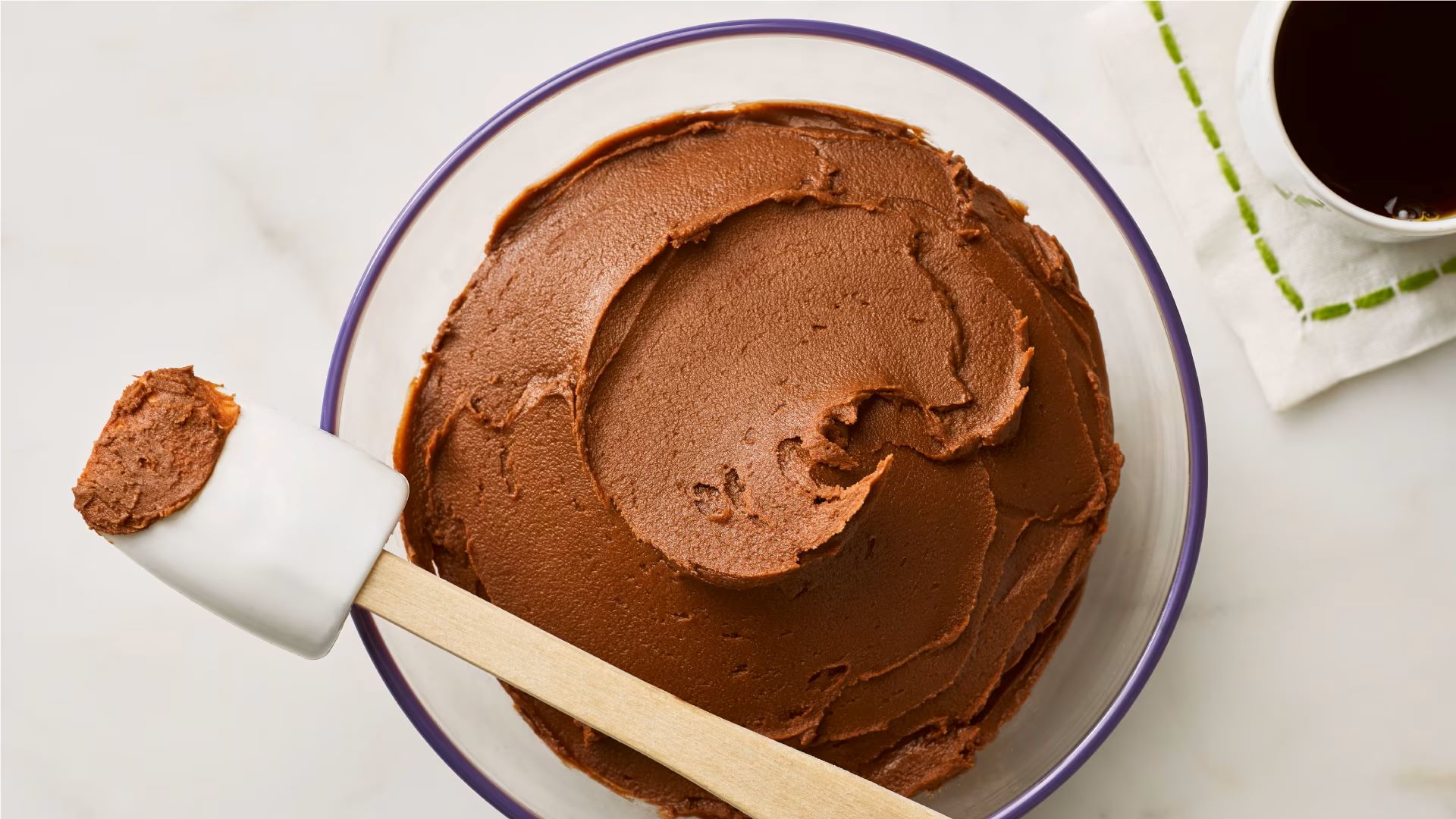
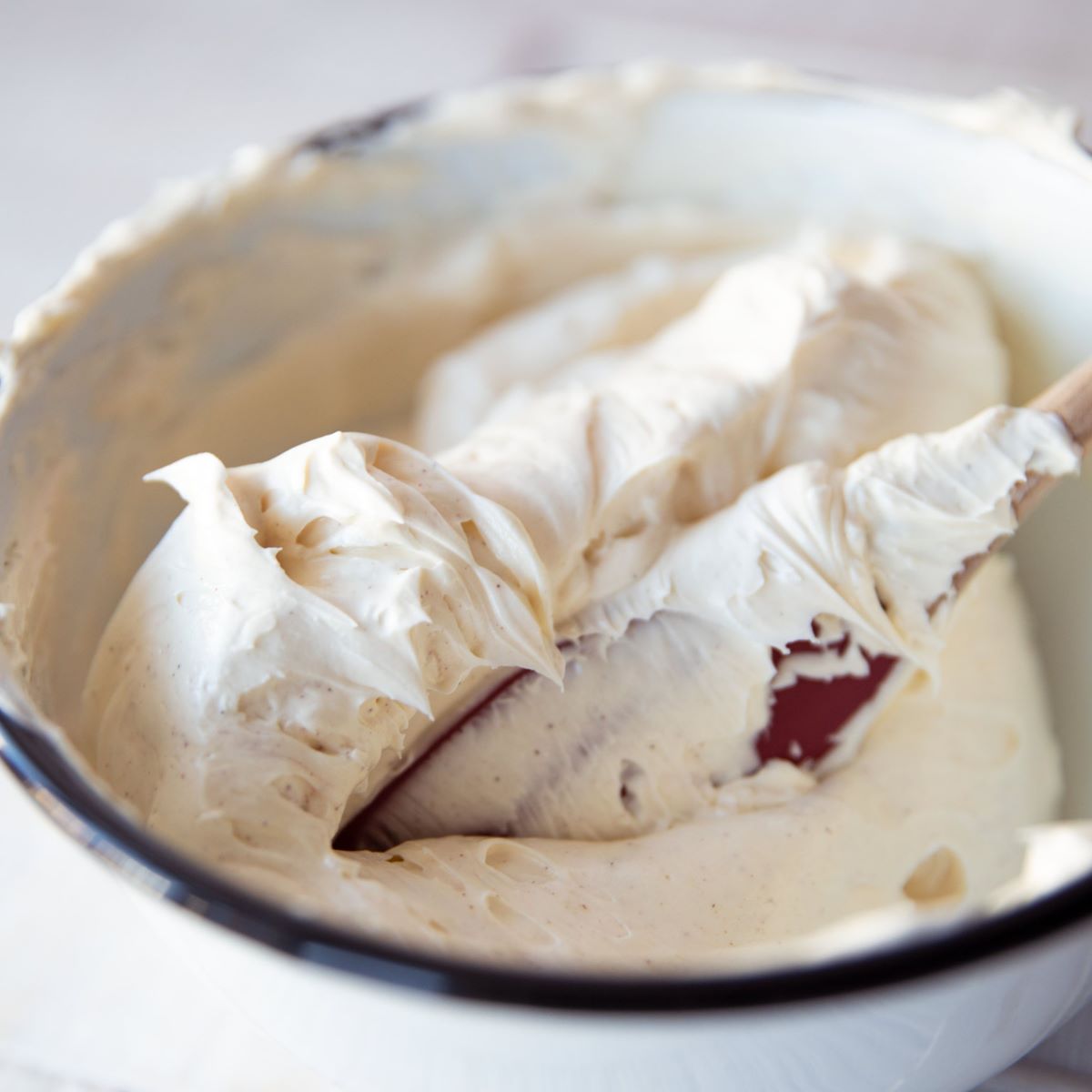


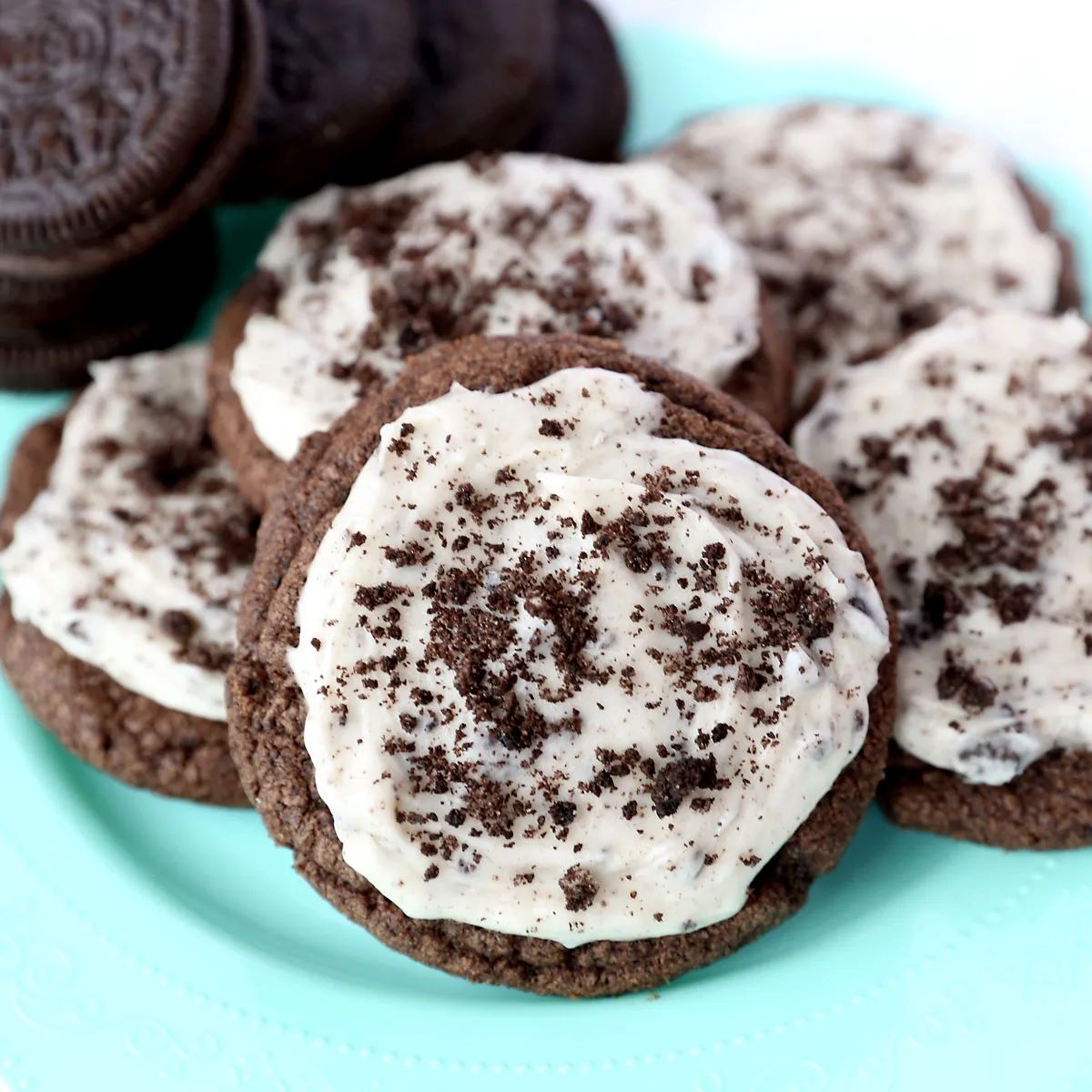
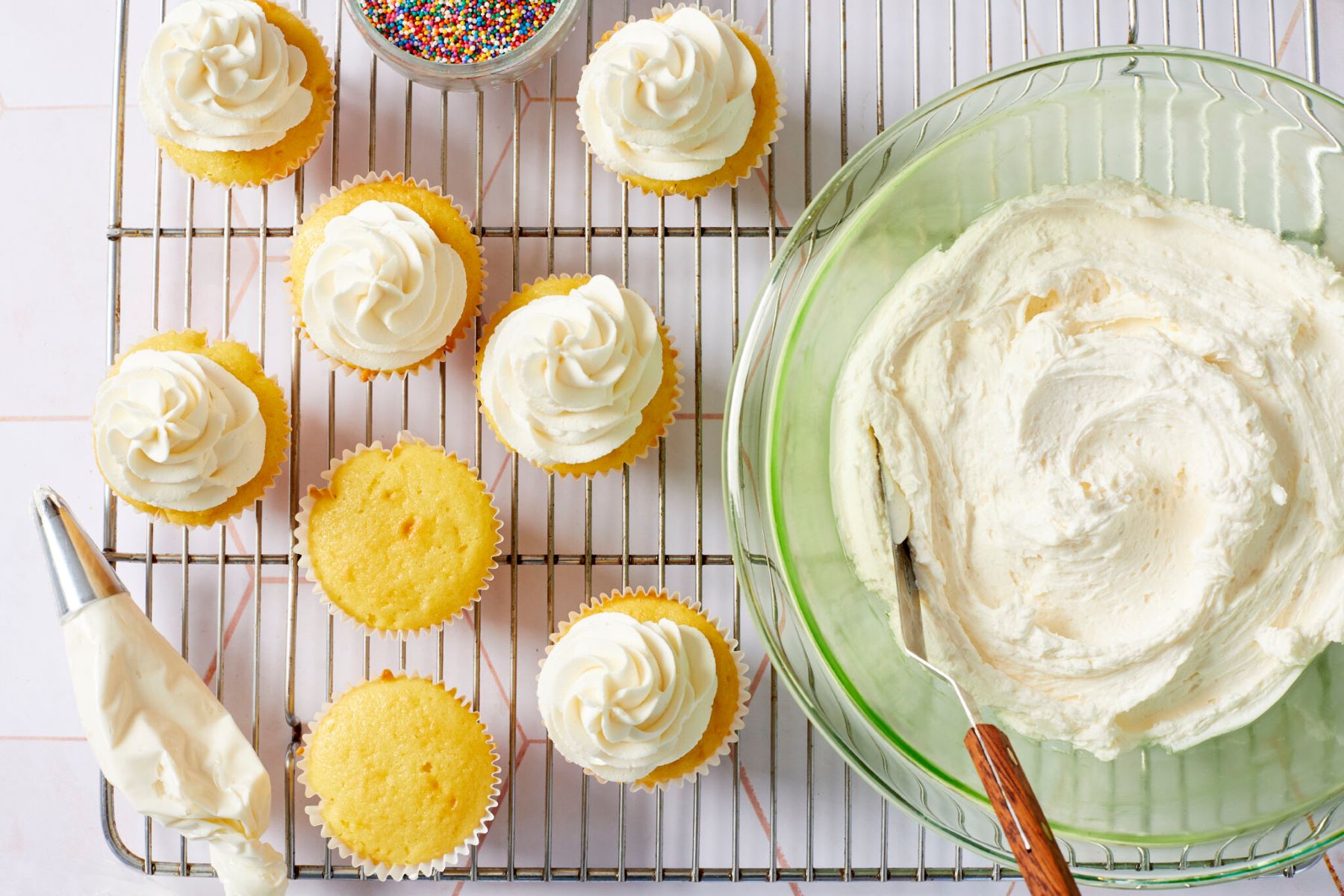

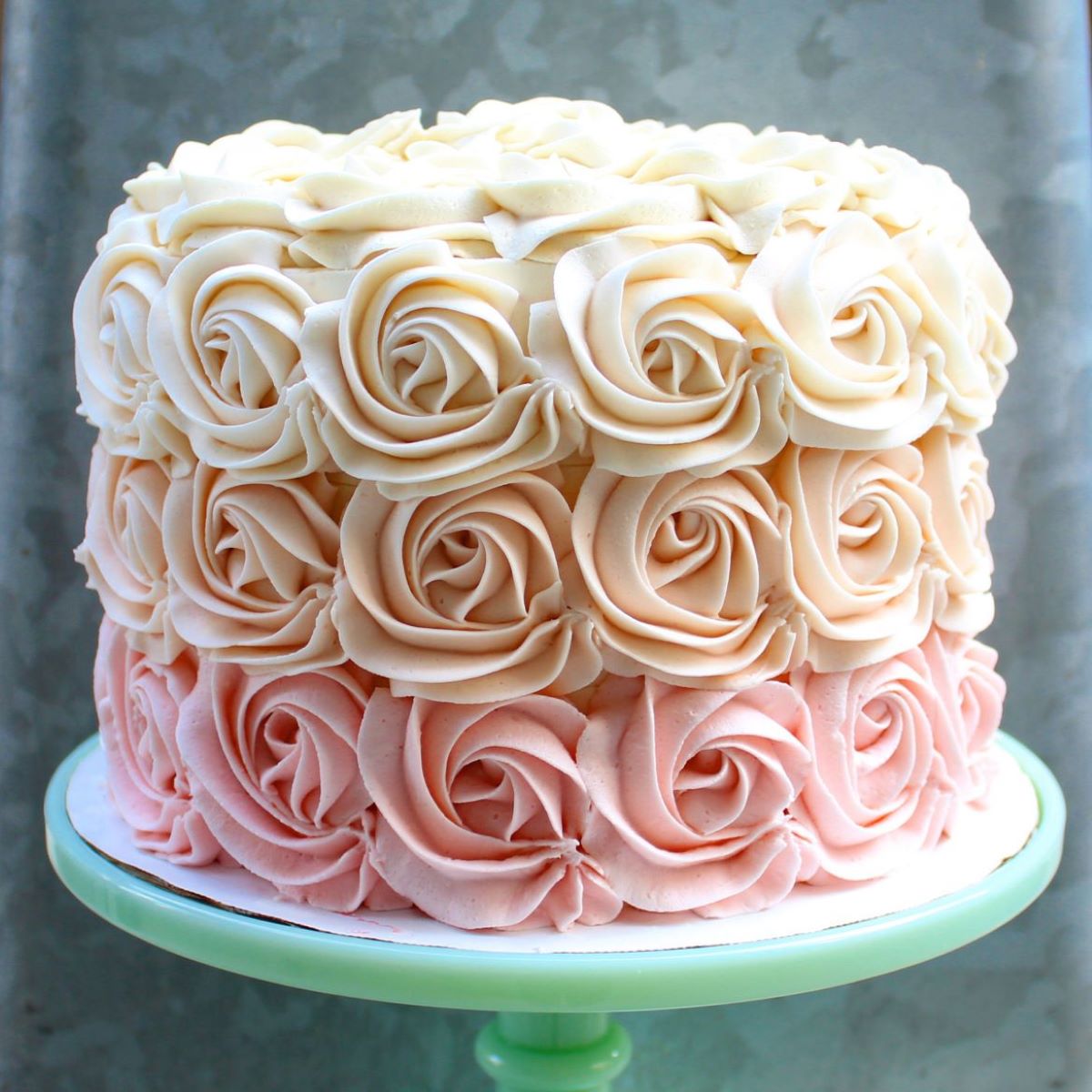
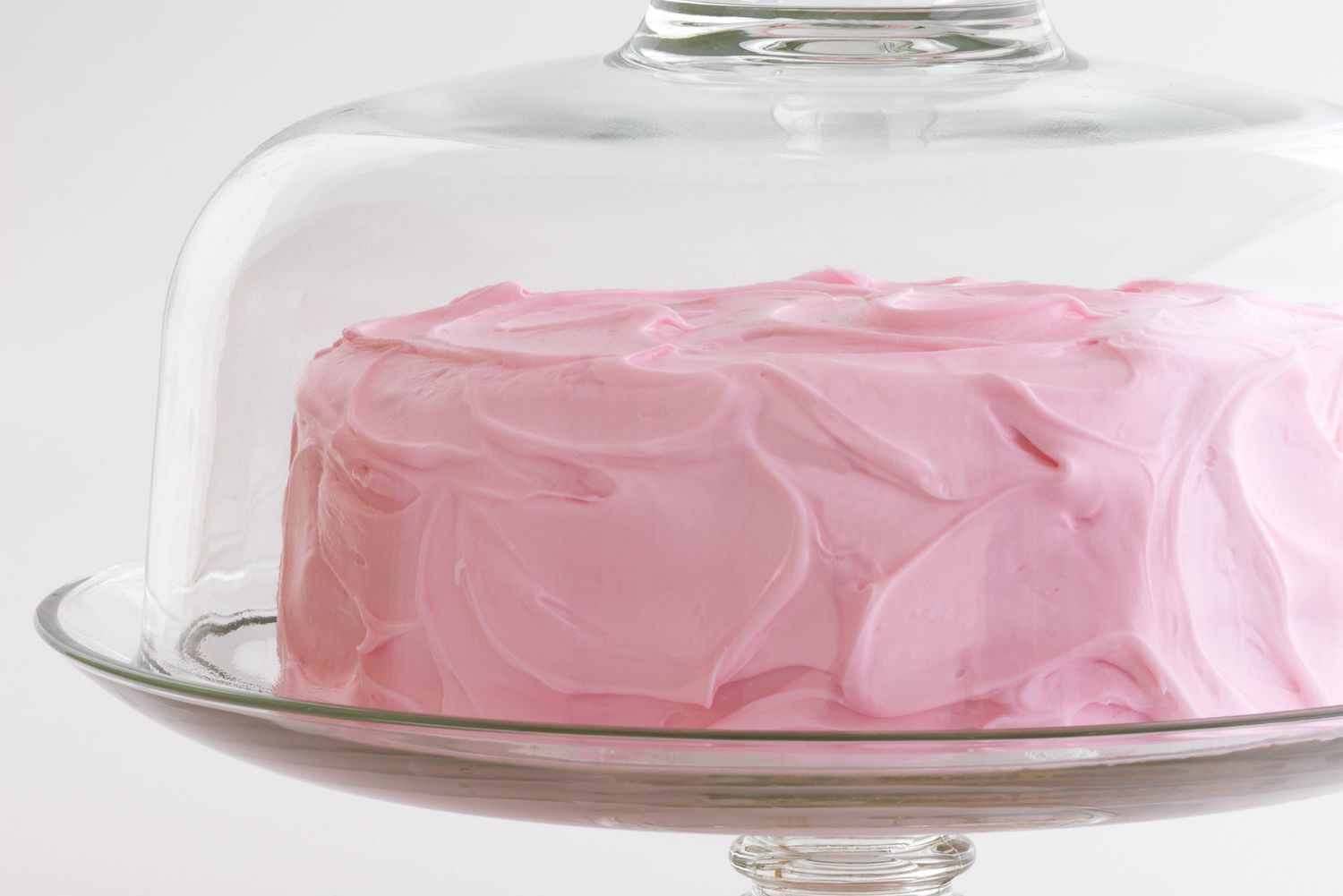
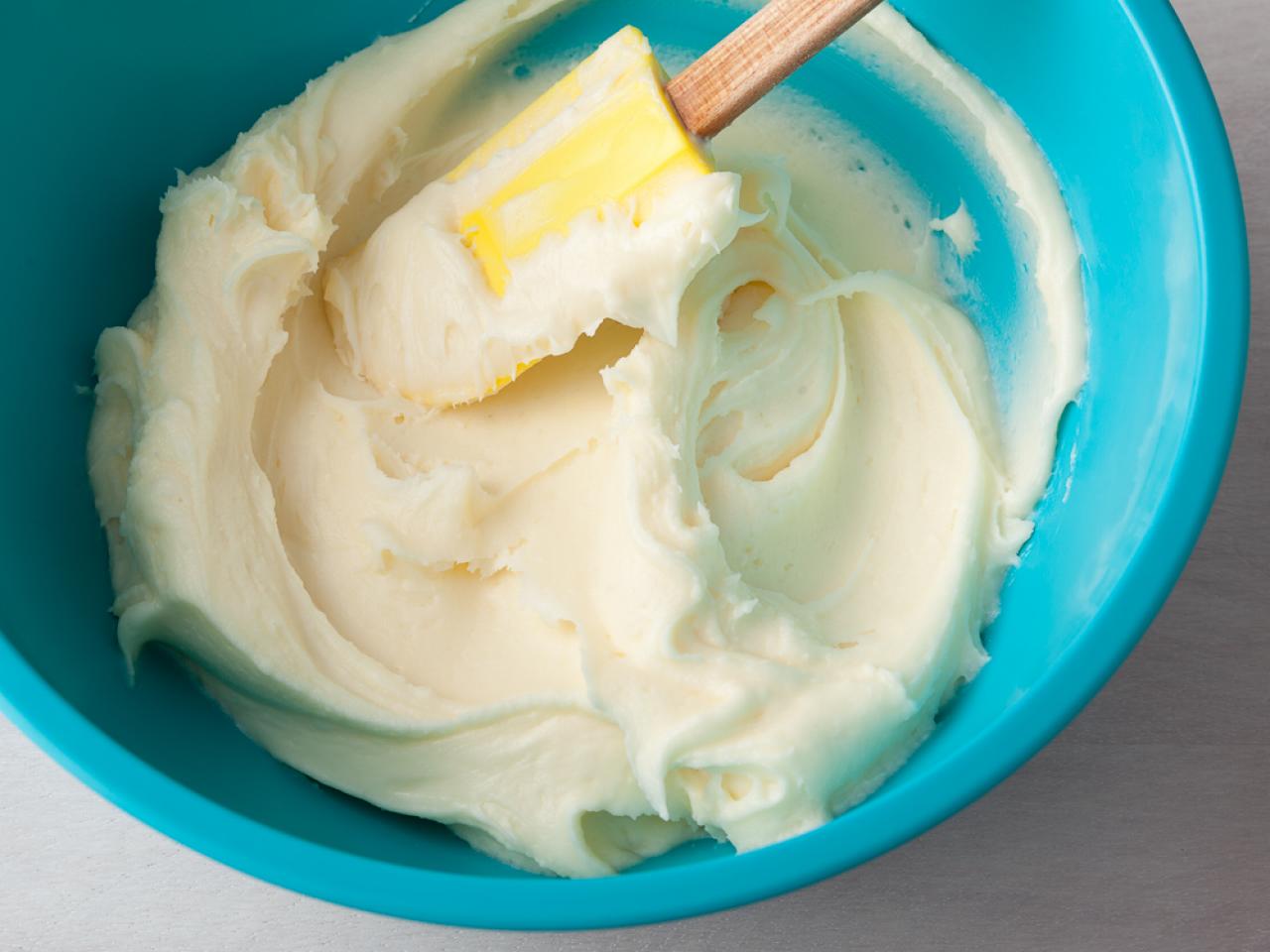
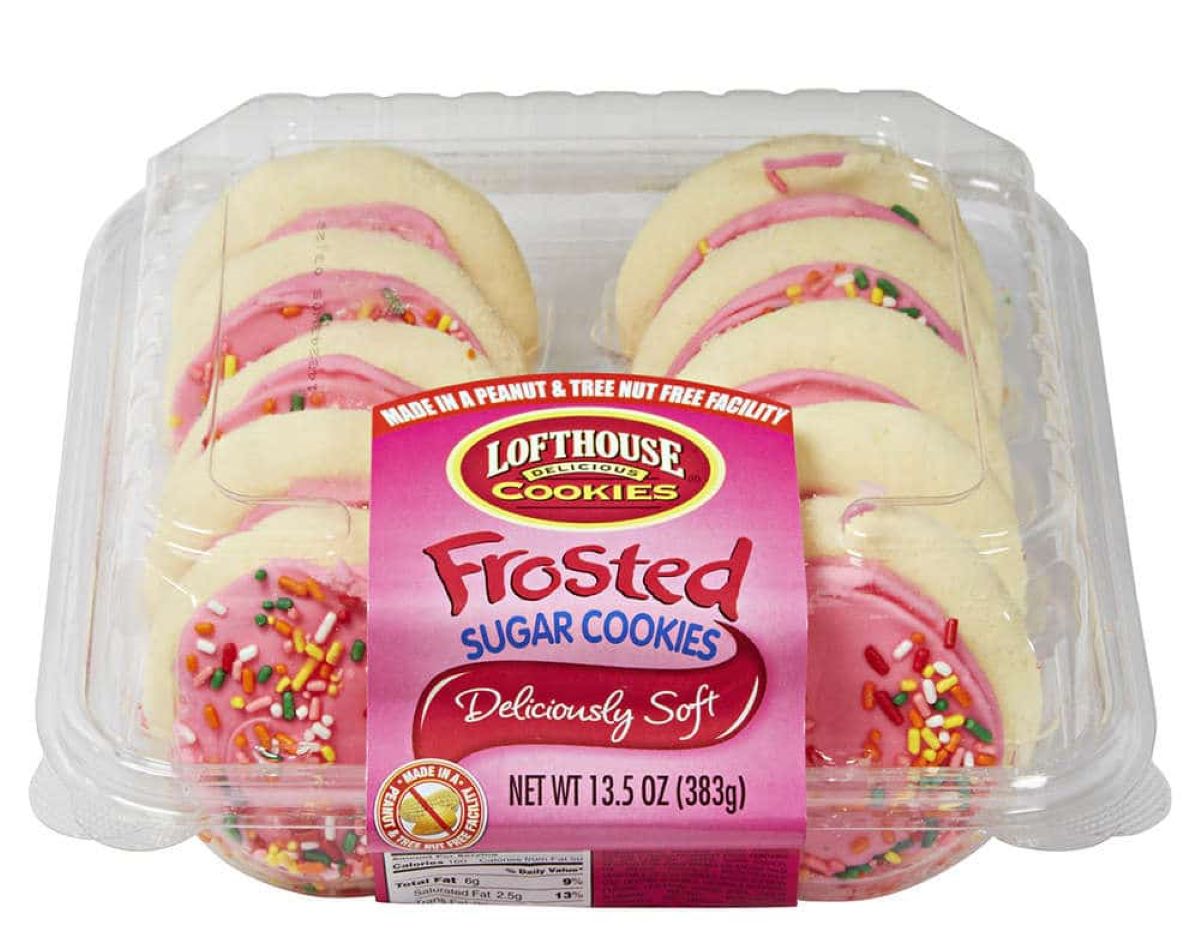

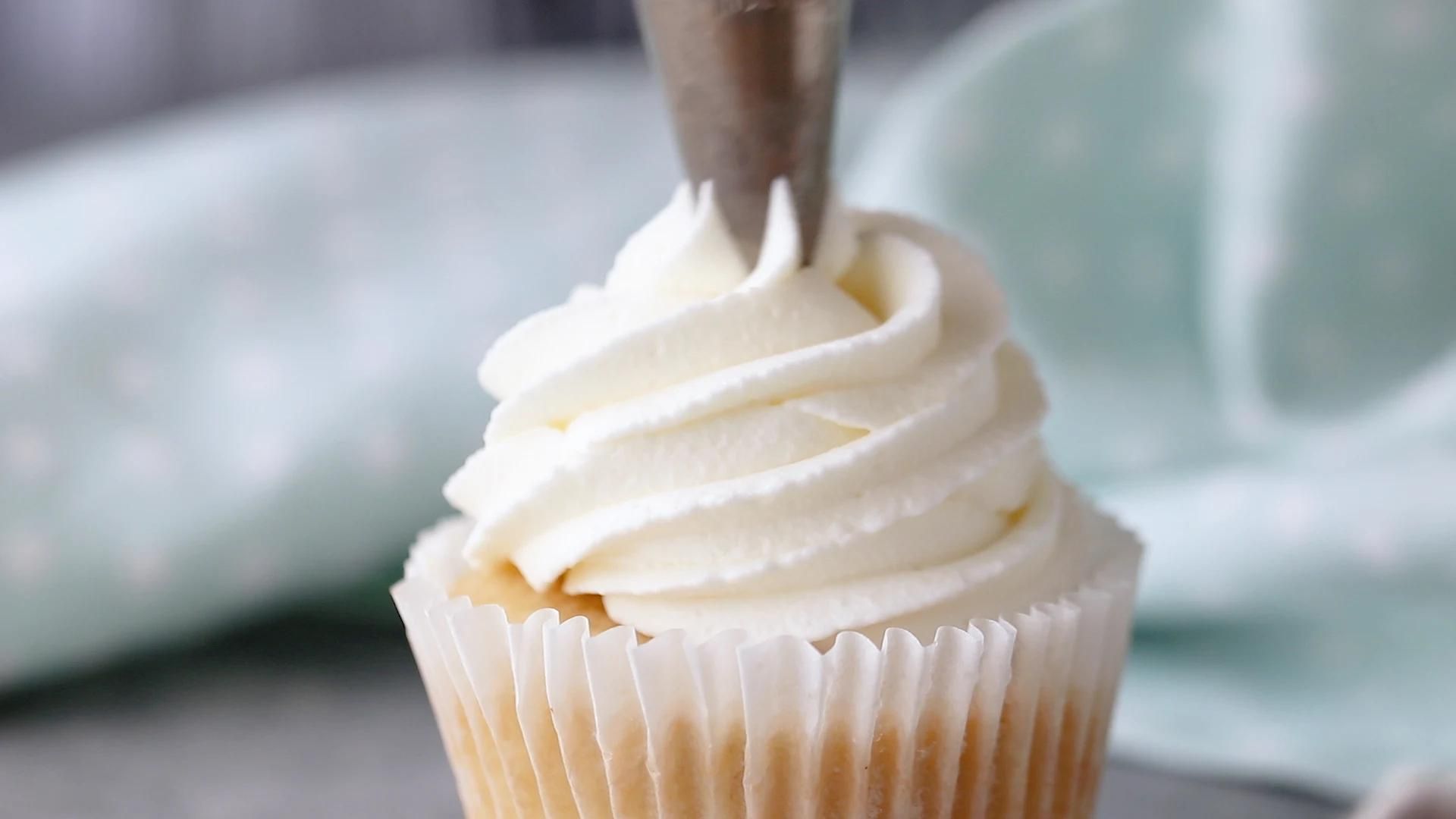


0 thoughts on “How To Store Frosting”